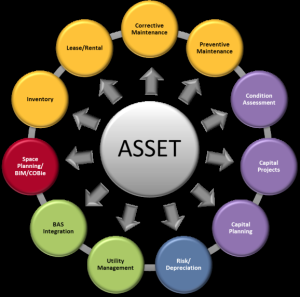
When it comes to IT management, there are essential terms to keep in mind. Life cycle for one, is described as “what you do;” asset tracking records refer to “what you’ve done;” and process is “how you do it.” In all IT asset management, process plays the most vital role.
Definition of Process
The process is a series of exercises and tasks for the administration or management of assets through specific stride in the life cycle. Right processes give consistency, control and exactness. Effective and efficient processes are intended to accomplish particular objectives and goals, standards and procedures, take into account corporate polices and are demonstrated into a proven industry best practices. In most organizations, well-defined processes that are highly enforced, structured and automated in supporting tool became the foundation for successful IT asset management success.
The advantages of Best Practice
Best Practice means capturing effective and proven know-how and having it applied to information technology asset management processes for better results. When it comes to automated processes which are not under human supervision, the quality of implementing processes in support for asset management program becomes critical.
Aside from the specialized 19770 ISO standards created for efficient software management, basically there is no available or recognized framework for asset management if to be compared with IT managed frameworks like ITIL and Microsoft Operations. However, there are good sources for satisfying best practices.
Whether or not there is an existing asset management program, practices was already in place to perform the IT management function. In many cases, these practices have been refined over time to become more effective and better matched to organizational needs. There is no substitute for first hand learning. Taking time to formally record, identify and successfully institutionalize existing methods is the most basic and vital source of the best practices.
Whether there’s preexisting information technology asset management program, practices and procedures are prepared to accomplish IT management functions. In many cases, most of these practices are actually enhanced to get more effective and superior, matched up to help organizational needs. There isn’t any replacement for direct learning. Spending some time to identify, institutionalize successful methods and record are an imperative part of an asset management program to achieve best practices.
Best tool to support Asset Management Processes
In order to have successful asset management programs, organizations must have effective tools. These tools are identified through contractual and physical data, manage financial areas, and integrate with business systems and adjacent IT management tools and support automation and implementation of IT asset management processes within the organization.
The four key tools to effectively support IT asset management program:
-
An IT asset management repository;
-
Integration with adjacent IT and business systems; and,
-
Hardware and software inventory and usage information;
-
Data import.
The principal component of an asset management system is known as a repository. It serves as the main store for required contractual, financial and physical data. However, what determines the effectiveness and quality of the tool is the functional ability of the repository to perform IT asset management activities and tasks supporting across the life cycle based on best practice.